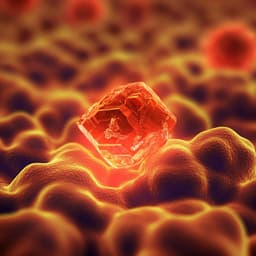
Medicine and Health
Efficacy of Photobiomodulation Therapy in the Treatment of Pain and Inflammation: A Literature Review
A. González-muñoz, M. Cuevas-cervera, et al.
Explore the promising potential of photobiomodulation (PBM) therapy in alleviating chronic pain and inflammation, revealing insights from recent studies conducted by Ana González-Muñoz and her team. Discover how PBM therapy could redefine pain management while signaling the need for further research.
~3 min • Beginner • English
Related Publications
Explore these studies to deepen your understanding of the subject.







